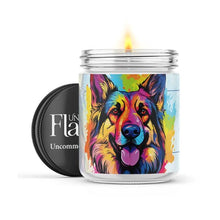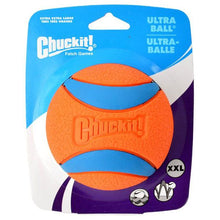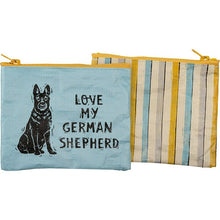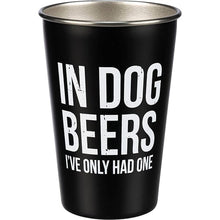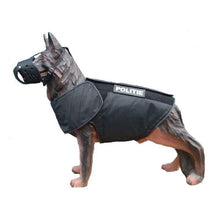Should You Free Feed Your Dog?
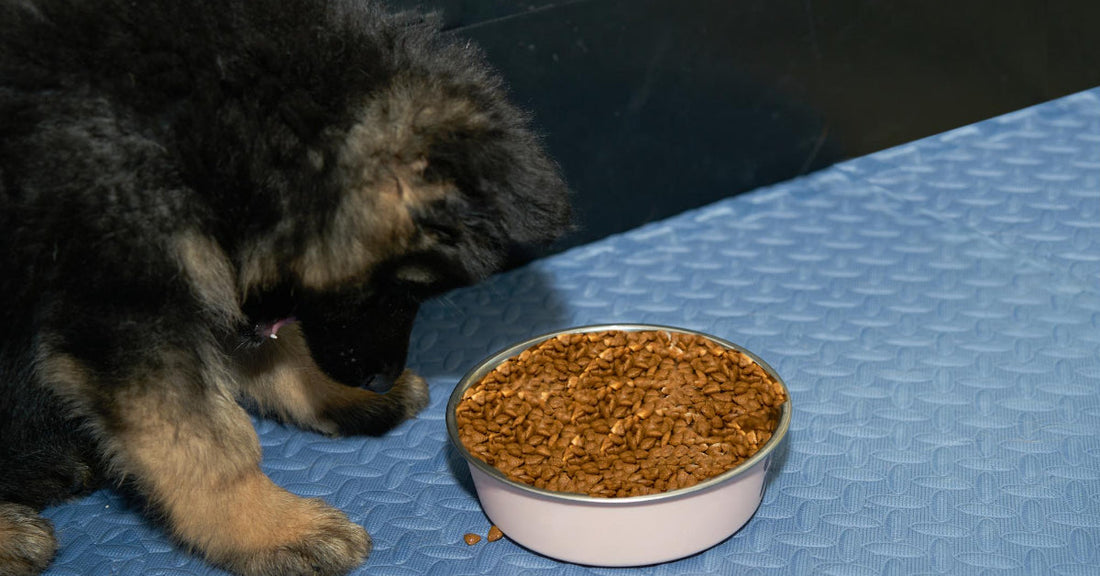
Free feeding, or leaving food out for a dog at all times, can be a convenient way to keep a dog fed without much effort. Some owners prefer to feed their dogs this way because it simplifies life. No matter what’s on the calendar, the dog is fed and used to eating their food at their own leisure.
There are some drawbacks to this feeding style, however. And, just because it’s convenient for the owner doesn’t mean it’s the best thing for the dog. Arguably, some dogs do fine eating their meals this way but there are many benefits to feeding a dog on a schedule.

There are two basic styles of free feeding that we will cover here, unlimited food and rationed food. Although they sound similar, they are actually very different with rationed portions being much more controlled than unlimited food.
1. Unlimited food:
Unlimited food is exactly what is sounds like. It means that the food dish is kept full at all times by adding more when it starts to get low. This means the dog basically eats as much as they want, when they want.
2. Rationed food:
Rationed food means that the dog’s daily portion is put in their dish and they eat it whenever they want to. For example, if they eat all their food in the morning, they won’t get more in the evening.

Of these two styles, rationed food is by far the most desirable way to free feed, if you were to do it. By monitoring the fed daily ration, an owner would have some idea if the dog was getting the proper daily nutrition, not skipping meals, or gorging themselves.
Since a dog’s health status is so closely tied into their eating habits, if an owner noticed the daily ration was not being eaten or the dog began to gain or lose weight, they’d have some idea of the calories consumed or that the dog was suffering from a health problem.
When feeding unlimited food, there is just no way to monitor caloric intake and it makes it much more difficult to identify changes in eating behavior. Health problems could easily go unnoticed for a time, especially if there is more than one dog in the home.

Reasons why scheduled feeding is better for the dog than free feeding
Although a day or two of free feeding won’t harm a dog, unless they gorge themselves, there are many great reasons to feed a dog on a schedule. Some of these include:
Assists in puppy training
It’s impossible to get a puppy on a schedule when you free feed and encourages gorging behavior. Free feeding puppies makes potty training near impossible, too.
Scheduled feedings create healthy habits
Dogs do great on a schedule. When a dog is fed about the same time every day, they establish a routine that they look forward to, which makes training and bathroom breaks easier. When the dog eats at a certain time, that also means they do their business at a certain time. This makes housetraining and potty breaks much easier to manage.

A consistent routine lessons anxiety
Dogs are habitual and when they have a consistent routine, life is less stressful. When they know when they will eat, go outside, have playtime, spend time alone, and go to bed, they are more comfortable, which helps prevent anxious behavior. What could be more anxiety producing than being trapped inside while having to poop after eating a giant breakfast out of boredom?
Prevents food guarding
Free feeding does not prevent food guarding, as some people believe. It can actually trigger food guarding because the dog is hyper aware that there is uneaten food in their dish. In multi dog households, it can also lead to dog bullying or dog fights over food.
Makes monitoring intake easy
When a dog is fed at set mealtimes, it makes it easy to monitor their intake. It is very obvious if they begin to skip meals, eat less, or want more food. Scheduled feeding can help identify health problems. In multi dog households, it makes it easier to know that each dog is getting the right amount of food on the daily.

Prevents pests
Scheduled feeding helps prevent bugs and vermin from scavenging on food sitting around all day and makes it easier to keep feeding areas and dishes clean.
Weight gain and loss
There is no way to know why a dog is losing or gaining weight if they are free fed unlimited food or free fed in multi-dog households. Overeating, undereating, and health concerns are hard to identify in dogs fed this way.
Giving medication
If you find yourself needing to give medication with meals it’s much easier to do when the dog is used to being fed on a schedule, even if that schedule has to change a bit. Some medications, like pain pills and antibiotics, can be very hard on the stomach and are best given with a meal.
Makes emergencies easier to manage
In an emergency, such as emergency surgery or need for anesthesia, it is much easier to track when a dog ate last when they are fed on a regular schedule.

Helps prevent bloat
In breeds prone to bloat, such as German shepherds, they should not exercise right before or after eating. Free feeding makes it impossible to know when they might have eaten last during play or exercise times. It can also encourage them to gorge all their food for the day at one time.
Limits food to dry diet
Free feeding limits what a dog can be fed because fresh, wet, or raw food spoils when left out.
These are just some reasons to feed your dog at regular mealtimes. If you find yourself in a bind and must free feed for a short time, rationed portions are the way to go but that still won’t tell you when your dog ate last or if they are safe to exercise.

We hope these tips are helpful as you decide how to feed your dog. As always, please feel free to share with your friends.
You may also like: 7 Signs Your German Shepherd Is Overweight





